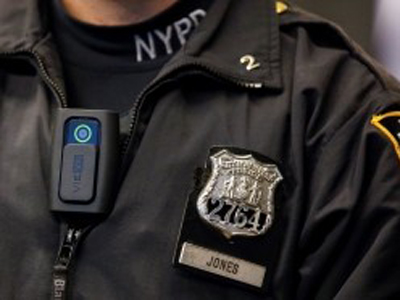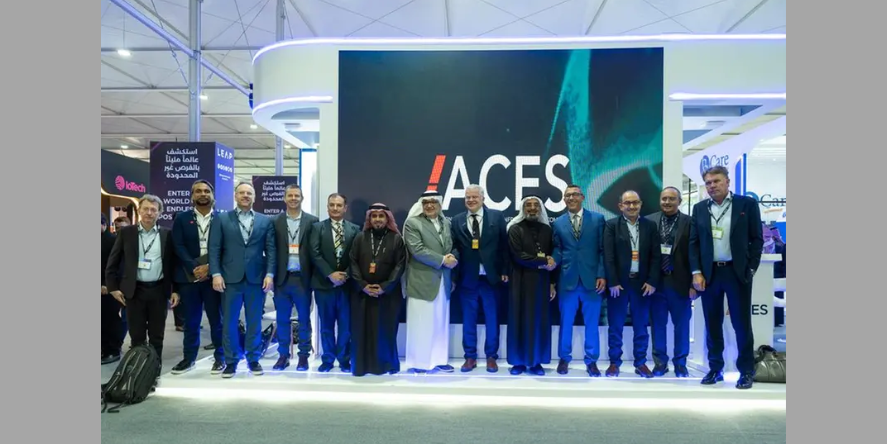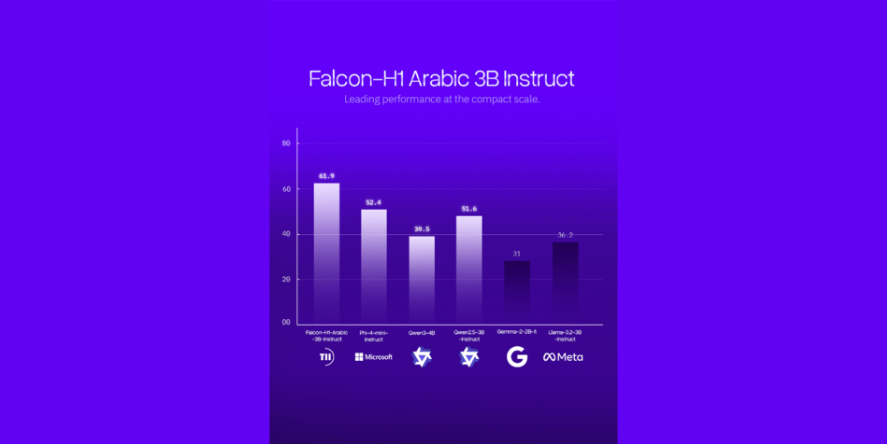MULTIFUNCTIONAL VEST SYSTEM OPTIONS
by Richard Silberglitt, Andrew Lauland, Michael Watson, Christopher Eusebi, Jesse Lastunen
This report reviews the current and projected status of wearable technologies with potential for use by law enforcement and describes three conceptual integrated vest systems that incorporate these technologies. These three systems are meant to represent what could conceivably be implemented very quickly to enhance existing capabilities, what might be done in the near term to provide additional capabilities, and what might be considered to take advantage of technologies that are still in development and could provide even greater capabilities. Wearable technologies provide an opportunity to address several problems faced by law enforcement officers in an increasingly complex and technologically challenging environment — for example, the size and weight of equipment they must carry, the proliferation of batteries for electronic devices, the need for mounting and docking systems for body-worn cameras, and the need for comfort and flexibility while wearing body armor underneath uniforms.
There is no reason for law enforcement to wait for wearable technologies that can provide improvements in the bulk, weight, and flexibility of carried equipment — major incremental improvements are available today using currently available commercial technology. However, law enforcement agencies need to think about how to engage with manufacturers now to specify their needs and provide input on the directions that research, development, and design should take in the near future to best accommodate their unique challenges and opportunities. By the same token, manufacturers should reach out to law enforcement agencies and practitioners as the technologies described in this report continue to develop.
KEY FINDINGS
Technologies Are Improving Rapidly
- Wearable technologies with the potential to provide significant benefit to officers in the field are available today at reasonable cost, such as flexible batteries and wireless charging.
- More-sophisticated wearable technologies are also under development and are rapidly improving, such as WiFi mesh network connectivity and sensors that can provide indications of officer health and safety.
- The advanced system could include integration of biometric monitoring into the garment that makes up the vest, onboard processing, capacity for recharging batteries by harvesting energy from officer motion or the environment, and increased situational awareness via real-time data analysis.
- Increased access to portable, reliable, uninterrupted power in the field that travels with the individual officer is currently feasible and will likely be more so in the future.
- Law enforcement access in the field to broadband data and communication is likely to improve rapidly.
Policy Questions and the Design of the Technologies Must Be Also Considered
- There are significant and challenging policy questions associated with technologies that are becoming available to law enforcement and are being adopted and expected by the public (examples include real-time access to personal data and use of unmanned aerial vehicles).
- Bulk and appearance matter and can be critical factors in the adoption of technology.
- Law enforcement agencies should think about how to engage with manufacturers now to specify their needs and provide input on the directions that research, development, and design should take in the near future to best accommodate their unique challenges and opportunities.










